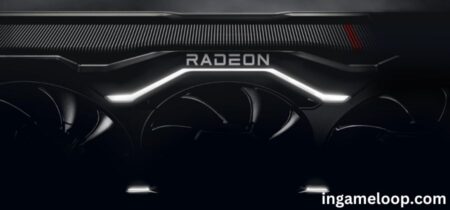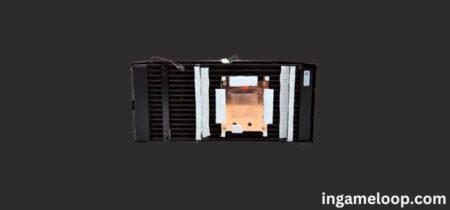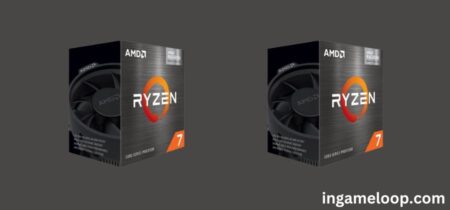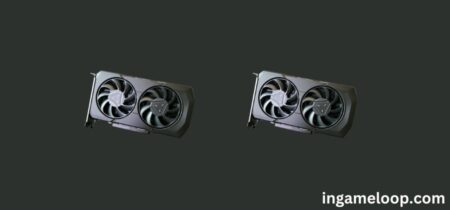
In the wake of the cryptocurrency market’s recent downturn, over 107,000 repurposed GPUs originally designed for crytpomining operations have found a new lease on life. These dormant computing powerhouses are now available for rent to support artificial intelligence (AI) workloads through Io.net’s innovative decentralized physical infrastructure network, known as DePIN.
Io.net’s groundbreaking initiative addresses the surplus of unused GPUs left in the wake of the cryptocurrency craze’s decline. While some companies managed to repurpose these GPUs, thousands still languished in idleness. Io.net’s DePIN system offers a solution by aggregating these underutilized resources from data centers and cryptocurrency miners across different geographic locations.
The network’s primary objective is to provide a robust computing backbone for AI and machine learning applications, harnessing the potential of GPUs that might otherwise go to waste. Currently, a staggering 107,000 GPUs are queued up on Io.net’s waiting list, signaling a significant demand for such services in the burgeoning AI industry.
To incentivize GPU owners to contribute their computing power to the network, Io.net has launched a generous $700,000 incentive program. This program aims to encourage widespread participation and further boost the network’s capabilities in servicing the AI community.
Moreover, Io.net has forged a strategic partnership with the Render network, a specialist in remote rendering solutions. This collaboration provides Io.net with access to an additional pool of GPUs, enhancing its capacity to meet the demands of its expanding user base.
Io.net distinguishes itself from its competitors by its remarkable efficiency in clustering GPU resources from diverse geographic locations in a matter of minutes. This sets it apart in a market where others struggle to offer such swift and seamless integration of resources.
Tory Green, the Chief Operating Officer of Io.net, highlighted the limitations of some competitors, stating:
“The problem is that they do not really cluster. They are primarily single-instance, and while they do have a cluster option on their websites, it is likely that a salesperson is going to call up all of their different data centers to see what is available.”
Among Io.net’s closest competitors are AI-oriented services like Akash Network, which typically group together between eight to thirty-two GPUs. Io.net’s platform, in contrast, empowers customers to select the number and location of GPUs they require, along with their preferred security settings. This level of flexibility simplifies the process for businesses and machine learning engineers to access the computing power they need, tailored to their specific requirements.
Facilitating the financial aspect of this network is the integration of Solana blockchain technology. This allows Io.net to efficiently manage microtransactions within its ecosystem, enabling seamless payments to GPU computing providers.
Solana’s cutting-edge technology is designed to handle a vast number of small transactions, a capability that traditional blockchains may struggle with due to slower processing times and higher fees. This integration solidifies Solana’s role as a critical component of Io.net’s infrastructure, underpinning the operation of a decentralized network for GPU computing power with a robust and efficient payment system.
Related:
AMD: New Enthusiast-Class RDNA 3 GPUs Coming in Q3
Nvidia H100 Q2 2023 Sales Exceeded 900 Tons GPUs Sold, Claims Report







